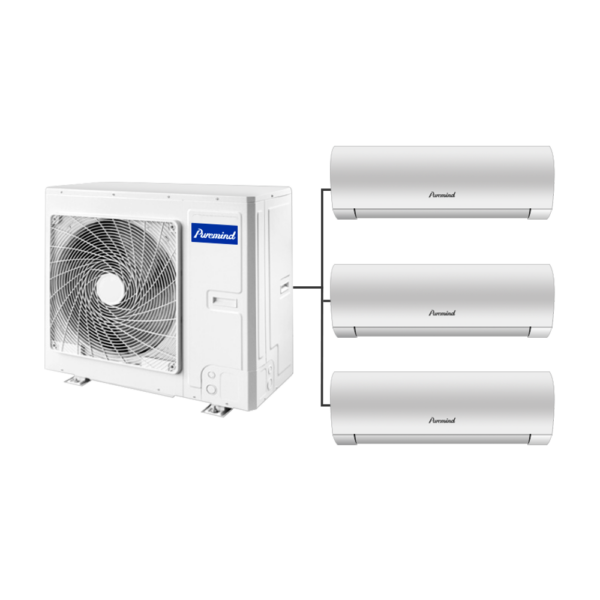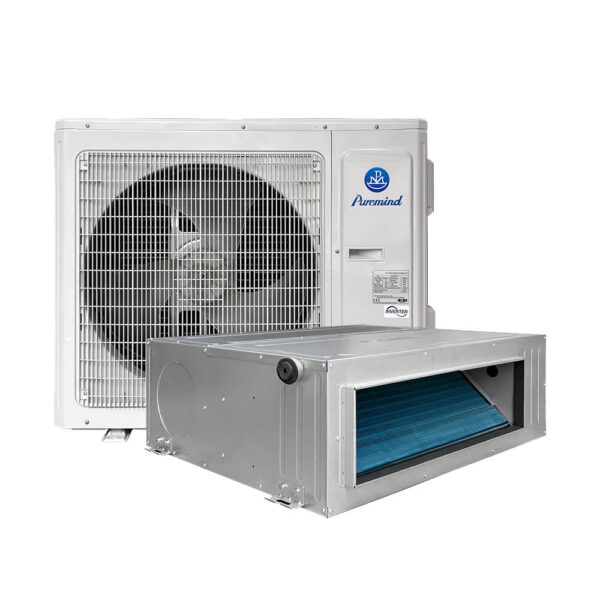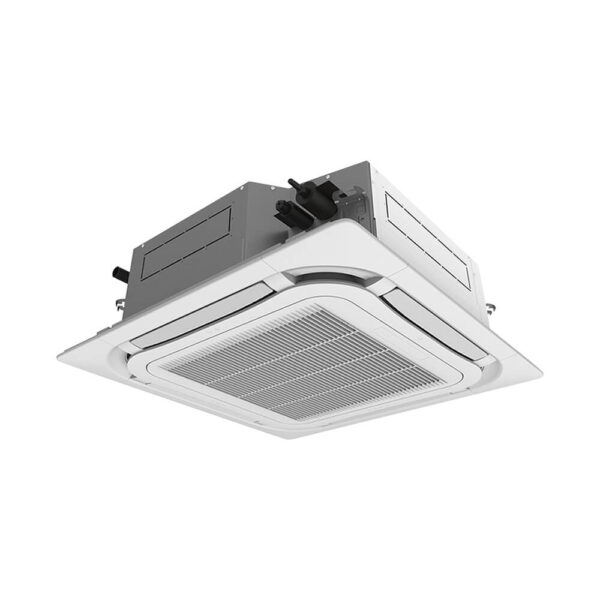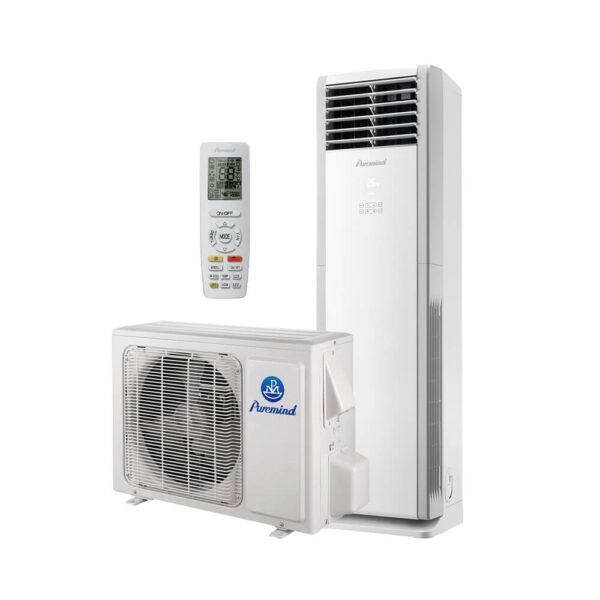American Standard HVAC: A Complete Guide for Distributors and Suppliers
For wholesalers, suppliers, and distributors, the right OEM can determine whether a project finishes on time, hits efficiency targets, and avoids callbacks. Selecting and supporting American Standard HVAC for specified jobs requires more than catalog familiarity—it demands a clear view of product families, stocking strategy, documentation, and commissioning plays that keep installers productive and customers satisfied. This guide distills the choices, trade-offs, and field practices that help B2B teams protect margin while building credible, repeatable solutions.
How Distributors Define “Best Fit” (Not Just “Best”)
Facility buyers care about comfort, energy use, and uptime; contractors care about installation hours and warranty exposure; distributors care about turns, net pricing, and logistics. Your “best fit” is the configuration that meets project constraints at the lowest lifecycle cost—not merely the lowest invoice. Map climate, envelope, electrical service, duct condition, and control requirements to an equipment family and accessories that deliver measurable outcomes.
Product Families and Where They Win
Each system family excels in distinct scenarios. A balanced assortment positions your team to respond to spec work, retrofit opportunities, and emergency replacements without bloating inventory.
Ductless Mini-Split (Single & Multi-Zone)
Ideal for additions, retrofits, condos, and small commercial suites. Short install times, zoned control, and strong part-load efficiency make ductless a reliable first choice when ducts are compromised or absent. Pair condensers with appropriate indoor heads, line-set lengths, and wall brackets to sell complete kits.
Central Split (AC & Heat Pump)
The mainstream choice for homes and small commercial spaces with viable ductwork. Right-sizing, duct integrity, and quiet variable-speed air handlers are the levers that turn comfort promises into satisfied end users.
Packaged Rooftop Units (RTUs)
Retail, restaurants, and warehouses benefit from like-for-like change-outs, roof access, and standardized service routines. Stock curb adapters, economizers, and service parts to cut crane-day surprises.
VRF/VRV Multi-Split
High zoning density, long line lengths, and central controls make multi-split architectures compelling for hotels, schools, and multi-tenant offices. Require installer training and keep boards/sensors in local parts stock to reduce wait times.
Chilled-Water & AHU/Fan-Coil Systems
For campuses and large commercial loads, chilled-water solutions deliver scalability and redundancy. Sales cycles are longer and submittal-driven—win by being fast on documentation and logistics assurance.
Why American Standard HVAC Matters for Distributors
Spec jobs and brand-driven RFPs often call out the OEM by name. Supporting American Standard HVAC on those projects means aligning your catalog, parts program, and training calendar with installer realities: service clearances, documentation clarity, common control topologies, and locally available spares. When you can ship a “job-in-a-box”—equipment plus mounting, electrical, condensate, and start-up accessories—crews finish in fewer visits and you protect both margin and reputation.
Efficiency & Incentives: Lead with Measurable Outcomes
End users increasingly ask for high-efficiency options and verified savings. Systems aligned with Energy Star guidance are easier to sell and may qualify for local rebates. Give counter staff a one-page rebate grid by region and a QR code that links to current qualifying models and forms. When energy benefits are documented rather than promised, bid approvals come faster.
Refrigerant Transitions and Future-Proofing
As refrigerant regulations evolve, help contractors avoid midlife surprises. Stock compatible recovery cylinders, update manifold/gauge recommendations, and publish safe-handling quick sheets. When your product mix anticipates refrigerant changes and provides clear labeling and documentation, installers move faster and your warranty exposure falls.
Controls, IAQ, and Add-Ons That Win Bids
Controls and air quality turn an equipment quote into a solution. Offer compatible thermostats, open-protocol gateways, and submetering so facility teams can verify performance. For IAQ, specify filtration targets (MERV levels), consider dehumidification in humid climates, and provide commissioning reports that document airflow and setpoints. These touches differentiate your package from commodity sellers.
Assortment Strategy: Stock What Turns, Source the Rest Fast
High-performing distributors don’t stock everything—they stock what moves and can get the rest in 48–72 hours. Build around A-movers (core BTU sizes, common voltages, popular indoor head styles) and align B/C-movers on vendor-direct lanes. For ductless-heavy markets, keep complete install kits ready: heads + condenser + line sets + wall brackets + condensate pumps + whip/disconnect. For ducted replacements, add filter cabinets, pads, and surge protection.
Documentation Discipline: Submittals That Sail Through
Spec-driven work lives and dies by paperwork. Mirror the project spec in your quote, attach cut sheets and wiring diagrams, and tag alternates clearly. When submittals are complete on the first pass, American Standard HVAC projects advance without rework, and you avoid costly truck-roll delays.
Training & Commissioning: The Cheapest Warranty Program
Track callbacks by crew and model family. Quarterly clinics on brazing, evacuation targets, nitrogen purging, and controls wiring reduce claims. Hand contractors a one-page commissioning card (superheat/subcool targets, airflow verification, torque values). The result is fewer nuisance calls and a better lifetime value per account.
Counter & Field Playbooks
- Counter: Laminated pairings, quick-pick accessory lists, and bin labels that match spec terms. Promote kitted jobs so each ticket supports a same-day finish.
- Inside Sales: Quote templates with upsell prompts (IAQ, surge protection, low-ambient kits) and notes for rebate alignment.
- Outside Sales: Ride-alongs to observe install bottlenecks and feed stocking decisions; host jobsite start-up support for larger projects.
Selection Matrix by Scenario
| Scenario | Primary Goal | Recommended Approach | Why It Fits |
|---|---|---|---|
| 1950s home, no ducts | Zoned comfort, quick install | Ductless mini-split (1–3 zones) | Minimal disruption, strong part-load efficiency |
| Retail bay replacement | Downtime reduction | Packaged RTU with curb adapter | Like-for-like swap, standardized service routines |
| Multi-tenant offices | Control per tenant, energy visibility | VRF with centralized scheduling | Excellent zoning, reporting, and long line capability |
| Suburban home with ducts | Comfort + rebates | Variable-speed heat pump + ECM air handler | High seasonal efficiency, quiet operation |
Parts & Service: Keep the Trunk Stock Honest
Support installers with the parts that prevent second visits: contactors, capacitors, boards, sensors, and common fan motors. Offer premium tiers (tighter tolerances, surge protection) for jobs with critical uptime. Batch traceability and quick RMA policies build trust with spec-driven accounts handling American Standard HVAC projects.
IAQ and Humidity Control for Different Climates
Coastal and southern markets need dehumidification and higher latent capacity; arid regions prioritize filtration and ventilation strategies. Package IAQ with clear outcomes: quieter rooms, cleaner air, and fewer comfort complaints. Those are tangible, upsell-ready benefits.
Logistics, Seasonality, and Crane-Day Tactics
Peak heat exposes weak stocking plans. Pull forward POs by late Q1, stage emergency sizes, and publish a two-week inbound view for branches. For rooftop change-outs, align curb adapters, economizers, and hardware on labeled pallets so crane time isn’t wasted hunting parts.
When Ductless Complements the Spec
Even on brand-specified ducted projects, a perimeter office or server room may need a supplemental zone. For dependable availability in this category, explore split air conditioner wholesale assortments curated for distributors—ideal when timelines are tight or scope expands mid-project.
Case Study 1: Historic Renovation with Minimal Disruption
A contractor faced strict preservation rules and limited electrical capacity. The distributor proposed zoned ductless with matched accessories, pre-staged line sets, and wall brackets. The owner gained room-by-room control with minimal remodeling, and the schedule held despite change orders.
Case Study 2: Strip Mall RTU Swaps Across Three Tenants
To compress downtime, the distributor mirrored the submittal in the quote, staged curb adapters on dedicated pallets, and sent a start-up kit with sensors and belts. All three units started before close of business, and punch lists were minor—an approach that can be replicated on future American Standard HVAC change-outs.
Case Study 3: Office VRF Modernization with Verified Savings
Management wanted energy transparency and quiet operation. The package included centralized controls, submetering, and a simple dashboard for facilities. Post-commissioning reports showed reduced kWh and fewer comfort calls, converting the pilot into a portfolio standard.
Training Calendar and Co-Op: Make It Pay for Itself
Tie preferred pricing to training completion and warranty registration. Use co-op dollars for lunch-and-learns and counter days focused on start-up checklists and controls integration. Publish a quarterly calendar so crews can plan ahead and sales teams can invite the right accounts.
KPIs That Keep Programs Accountable
- Fill Rate in Peak Weeks: Target 95%+ for core SKUs.
- First-Pass Submittal Approval: High rates shorten schedule and reduce re-quotes.
- Warranty Claims per 100 Installs: Should decline with training and commissioning discipline.
- Accessory Attach Rate: Surge protection, IAQ, condensate pumps—attach rates signal solution selling.
FAQ for Distributors
Q: Is there one “best” system for all jobs?
A: No. Build a good-better-best story across families and match it to climate, ducts, and controls needs. That’s how you turn spec work into repeatable wins.
Q: How do I cut callbacks?
A: Train crews on brazing and evacuation targets, require commissioning cards, and stock the boards/sensors most likely to fail during start-up. Documentation beats guesswork.
Q: How should I prepare for peak season?
A: Deepen A-movers, keep emergency sizes ready, and pre-bundle crane-day accessories. Publish inbound ETAs so branches can balance stock proactively.
Conclusion
Brand-specified work rewards distributors who execute the fundamentals: tight assortments, clean submittals, real training, and reliable parts support. When you package equipment with the right accessories, documentation, and commissioning steps, American Standard HVAC projects finish on time, pass verification, and keep customers loyal. Do that consistently, and you’ll protect margin while elevating your role from box mover to trusted solutions partner.







